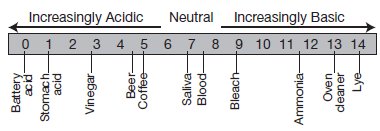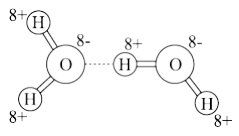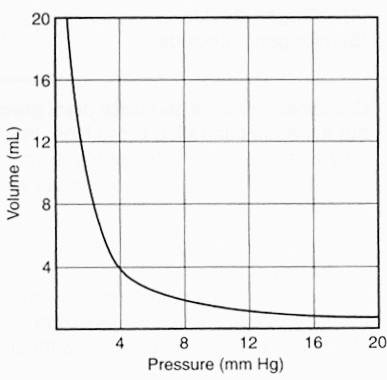In a stable atom, the number of protons is the same as the number of neutrons. If the atom’s nucleus gains or loses neutrons, it may spontaneously emit particles and energy—gamma rays, for example—through a process of radioactive decay, losing neutrons and possibly protons until its nucleus stabilizes. If the atom loses only neutrons, it becomes a different isotope of the same element. But if it loses protons, it becomes a different element.
What causes radioactive decay?
Explanation
A stable atom is one in which the number of protons matches the number of neutrons. Radioactive decay results from a change in the number of neutrons in the nucleus, which by definition creates instability.
Visit our website for other GED topics now!
Related questions







